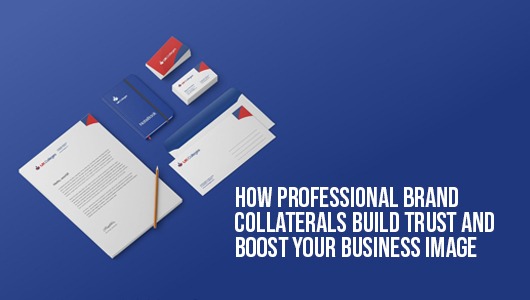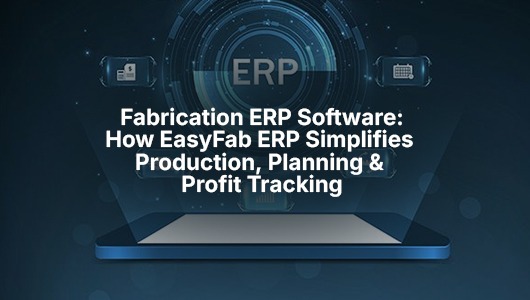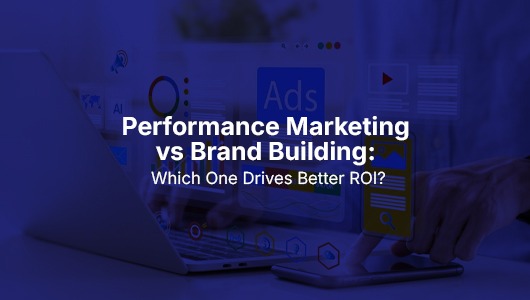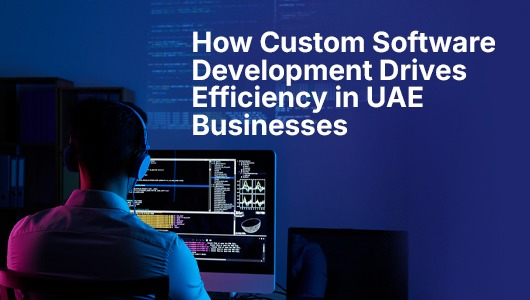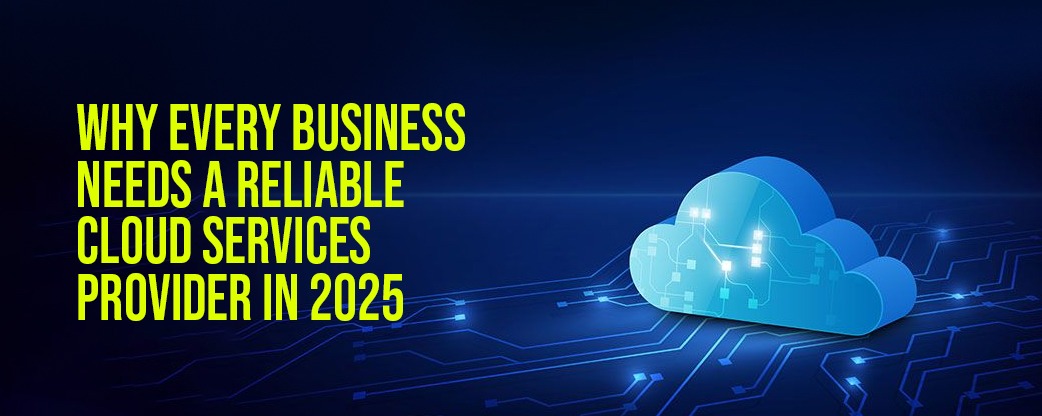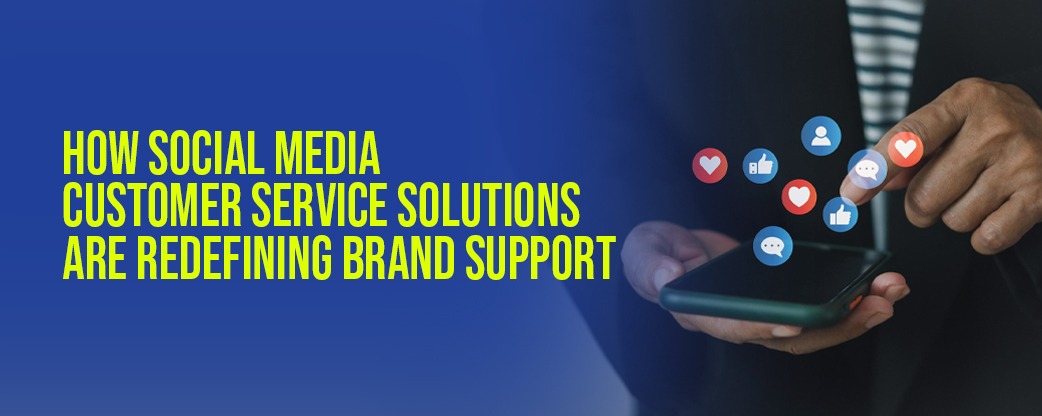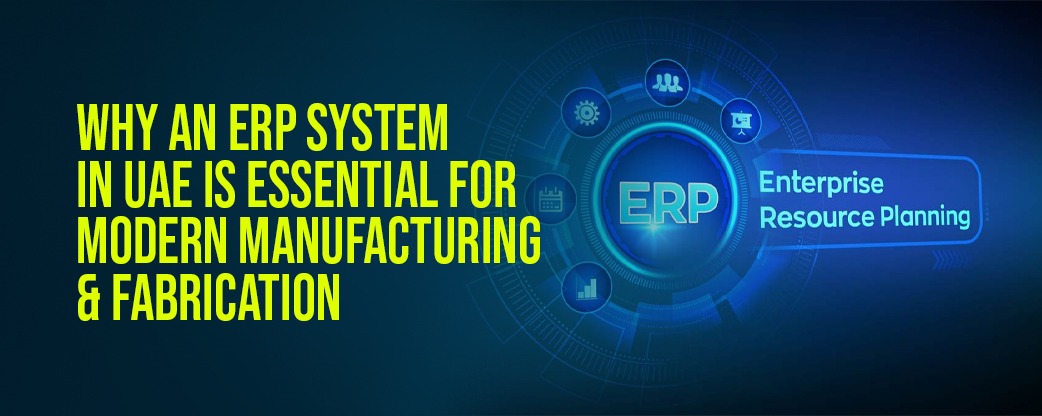In today’s digital-first economy, an online store isn’t just a business accessory; rather, it’s your brand’s primary growth engine. Be it a retail brand going digital or a startup coming into the market, investing in e-commerce website development is a must to compete, connect, and convert.
But launching a successful e-commerce platform involves more than just choosing a template or uploading products; it involves designing an intuitive experience, integrating secure payment systems, ensuring speed, and analytics set up to track performance.
We will go through every step of the process-from strategy to launch-so you can create a high-impact online store that not only looks great but sells effectively.
E-commerce website development is the creation of an online platform where customers can browse, select a product or service, and make purchases. It involves the integration of web design, back-end development, payment gateway integration, SEO, and user experience optimization.
A successful e-commerce website focuses on three key pillars:
These may include Shopify, WooCommerce, Magento, or even custom-built solutions that vary based on the needs of your business and budget.
Clarity is everything before writing a single line of code.
Ask yourself:
Your development partner has to perform market research and competitor analysis in order to identify features and design trends appealing to your audience. For example, a B2B wholesale portal needs multi-tier pricing, while a lifestyle brand might focus on visual storytelling.
A well-defined audience will also help you determine the ideal ecommerce platform, payment options, and marketing integrations.
Choosing the right platform is fundamental to your ecommerce website development strategy. Here’s a quick comparison:
| Platform | Best For | Key Features |
|---|---|---|
| Shopify | Small to mid-size retailers | Easy setup, app ecosystem, mobile optimization |
| WooCommerce (WordPress) | Businesses needing content + commerce | SEO-friendly, customizable, open-source |
| Magento (Adobe Commerce) | Enterprise-level e-commerce | Scalable, multi-store management, robust security |
| Custom Development | Businesses with unique needs | Full flexibility, tailored integrations, advanced UX |
Here at Upturnist, we analyze your product line, scalability goals, and integrations to recommend the best-fit solution-so your store doesn’t outgrow its tech too soon.
A good online store feels effortless to navigate. Site architecture defines how your categories, products, and content are structured for both users and search engines.
Strong UX design increases average session time, reduces bounce rate, and boosts conversion rates-all metrics for which search engines reward.
Over 70% of e-commerce traffic comes from smartphones. This means mobile-first design isn’t optional; it’s a necessity.
When developing your e-commerce site:
A mobile-friendly store not only improves customer satisfaction but also enhances your site’s Google ranking.
A well-organized catalog forms the backbone of your e-commerce website development process.
Each product should contain:
For SEO, make sure every product page has a unique meta title, description, and URL.
Adding schema markup (structured data) also improves how your listings appear on Google Shopping and organic search results.
The customer trusts such a store where checkout is fast and safe. Payment and shipping integrations are among the most critical phases in ecommerce website development.
Increase trust with visible badges and reduce cart abandonment with an easy, one-page checkout.
An e-commerce website is only valuable if it gets found.
Key SEO tactics include:
At Upturnist, we apply technical SEO and Core Web Vitals optimization to help your store rank and perform better across all devices.
Prior to launch, an e-commerce store should undergo rigorous performance, security, and functionality testing.
Checklist:
By integrating Google Analytics 4 (GA4) with Search Console, conversions, user behavior, and SEO performance can be accurately tracked right from the beginning.
Once your site passes QA, it’s time to go live-but that’s only the beginning.
Continuous improvement is part of successful e-commerce website development. After the launch, focus on:
An online store is a living ecosystem. Remember, constant optimization equals consistent growth and conversions.
The best e-commerce platforms don’t just sell; they nurture.
Integrate marketing automation and CRM for customer retention and decision-making based on data.
Recommended integrations include:
These integrations make your e-commerce site a complete sales engine, driving new leads and repeat purchases.
E-commerce website development is not just about building an online shopping site; it is about creating a digital experience that converts visitors into customers. From planning and choosing the right platform to SEO and optimization, every stage will play a crucial role in achieving success. At Upturnist, we help your brand grow faster and wiser with high-performance, scalable, and SEO-friendly e-commerce solutions. Whether you require a Shopify storefront, need WooCommerce customization, or a fully bespoke-built platform, our team delivers digital excellence that drives measurable results. Build your online store with confidence: Partner with Upturnist to launch, scale, and win in the digital marketplace. E-commerce Website Development Services
